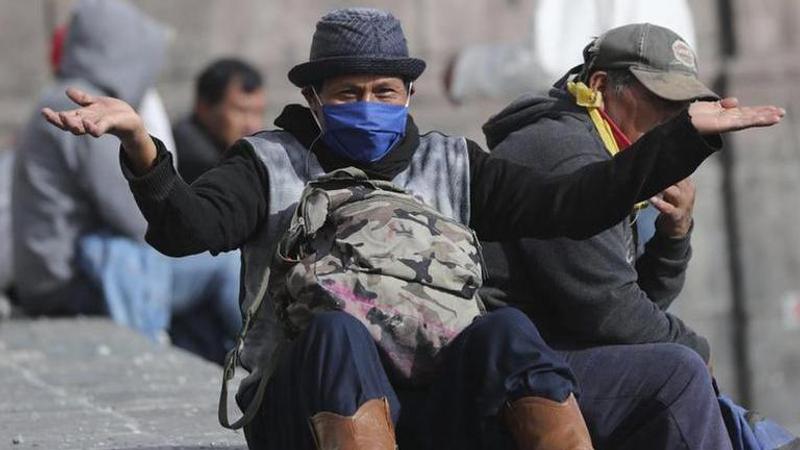Published 10:35 IST, September 5th 2020
Ecuadorian communities affected by oil spill
Some 105 indigenous communities settled on the banks of the mighty Coca and Napo Rivers are still feeling the ravages of a major oil spill that occurred in early April, when the country's two main oil pipelines broke upstream as a result of a landslide in the mountains that destroyed both pipes.

Some 105 indigenous communities settled on the banks of the mighty Coca and Napo Rivers are still feeling the ravages of a major oil spill that occurred in early April, when the country's two main oil pipelines broke upstream as a result of a landslide in the mountains that destroyed both pipes.
Indigenous organisations in the Amazon estimate that some 16,000 barrels of crude reached the river waters, which also forced the closure of one of the water intakes for the city of Coca, home to 41,000 inhabitants and 169 kilometres (105 miles) south east of the capital Quito.
According to official data, on April 6 the Trans-Ecuadorian Oil Pipeline pumped around 340,000 barrels of oil that day, while the other pipeline transported about 173,000 barrels of heavy crude oil.
The following day both pipelines were destroyed, dumping thousands of barrels into the river and surrounding communities.
Villagers complain of peeling skin and a burning sensation, especially between their fingers and toes.
Locals complain that since the April spill, the fish have disappeared from the river.
Families would fish in the river with nets to put food on the table, but now the fish have gone.
The community planted bananas, cassava, and peanuts on nearby islands, but the spill wiped-out those plantations as well.
The Alliance for Human Rights requested a protection order from the courts in favour of the affected indigenous communities, but the justice system rejected the judicial appeal.
The Associated Press attempted to contact Ecuadorian authorities with questions on the case, but they have not replied.
Oil is Ecuador's main export product, producing around 535,000 barrels per day, including the production of private companies.
Updated 10:35 IST, September 5th 2020




